
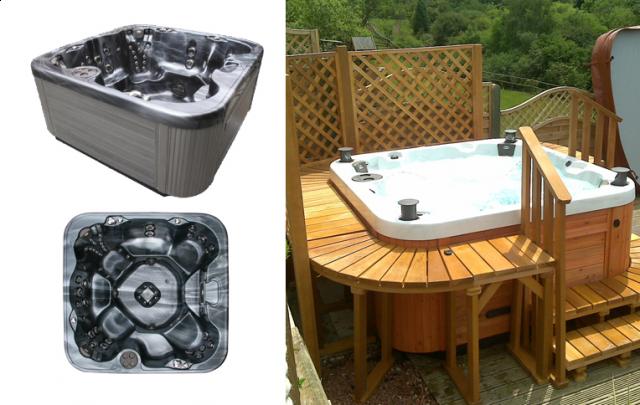
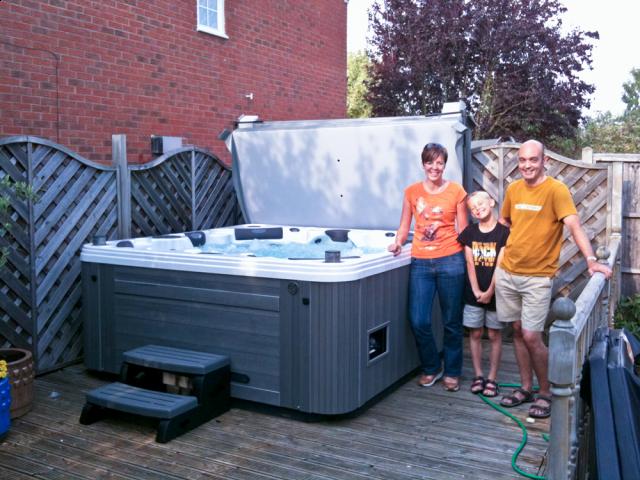
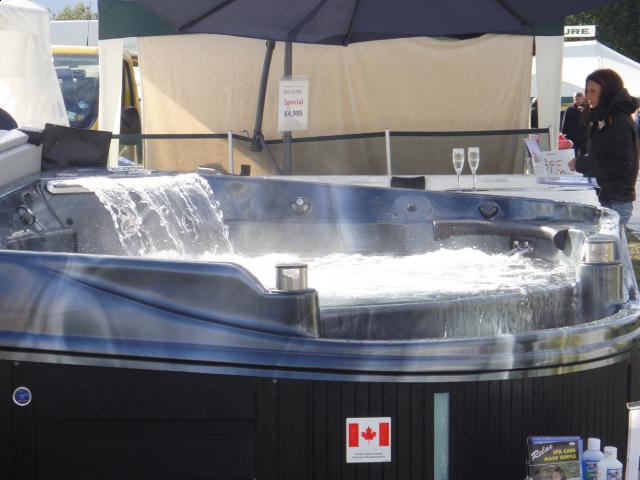


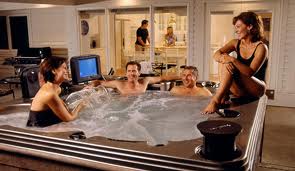

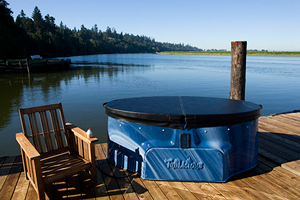
If you have had your tub for many years it may be consuming a lot of power just like an old appliance, but with new technology comes better efficiency. A quality new tub will consume about a dollar’s worth of electricity per day, that’s with more jets, and better filtration. When buying a new tub we recommend investing in full foam insulation, and a 4”-5” thick cover. This will ensure that your tub does not use power needlessly to keep up to temperature. Many new tubs are equipped with standard, economy, and sleep modes. Standard mode will heat your tub whenever the preset temperature drops. Economy mode will heat your tub only during a filtration cycle. Often tub owners who soak at a regular time of day, will set the filtration cycle to end just before. This ensures that the temp is up and the water has been refreshed recently. Sleep mode is great if you go away on holiday, or know you won’t be using it for a few days. It reduces the temp by about 20 degrees which saves power, but keeps it within the range needed for your chemicals to stay active, and for pipes not to freeze.
A thick, snug fitting, well maintained cover is going to make a big difference in costs as well. Treat it gently as the foam inside can break, once it’s broken it will start to absorb water quickly which will reduce its efficiency, and make it hard to lift. Remember that a thicker cover has better structure to withstand the many ups and downs of regular use. If your cover is still in great shape a good practice is to take it off on a hot day, carefully stand it against a wall, and let the sun dry it out. Time it around a tub cleaning day. Also make sure to treat the outside of it with a product that protects the material such as armor-all. Use it regularly to maintain the fabrics integrity. If your cover is broken you have a couple options. Foam inserts can be purchased if the cover material is in good shape ie: no nicks, cuts, tears, or areas that have absorbed water. (When the fabric has absorbed water it will start to get thick, and out of shape), or buy a completely new one. There isn’t a huge difference in price, but you may feel better reducing your waste.
Depending on the original quality of your tub you may get 15-20 years out of it, but as with any equipment that has moving parts, over time maintenance will be a factor. Finding parts for tubs older than 10 years can be frustrating, especially if the company is no longer in business. Once one component goes, you may soon be looking at replacing everything part by part.
To ensure your investment lasts as long as possible, follow these simple guidelines:
1. Buy a quality tub from a reputable dealer to start with. Those on line bargains may end up costing you more in the long run.
2. Select full foam insulation. This option keeps heat in which will save you money, and your pumps don’t have to work as hard. It also stabilizes the hoses that run to the jets, halting movement around connections when the pumps kick in.
3. The thicker the cover the better your tub is protected, and the less likely it is to break. Use a fabric protector on it regularly to maintain its integrity.
4. Check your water chemistry regularly. Scale and unbalanced PH will damage your tub and its components within a short time.
5. Protect your investment. Clean your tub regularly. Look for wear and tear that could be caught sooner, rather than later. If the cabinet isn’t synthetic then keep the wood painted or stained.
6. Consider putting a gazebo over your tub if it’s under conifer trees. Needles can be very damaging when they get into the filtration system.
7. If your tub is in a windy or exposed area, a screen or fence can be beneficial in reducing heating costs, as well as protecting it from the environment.






